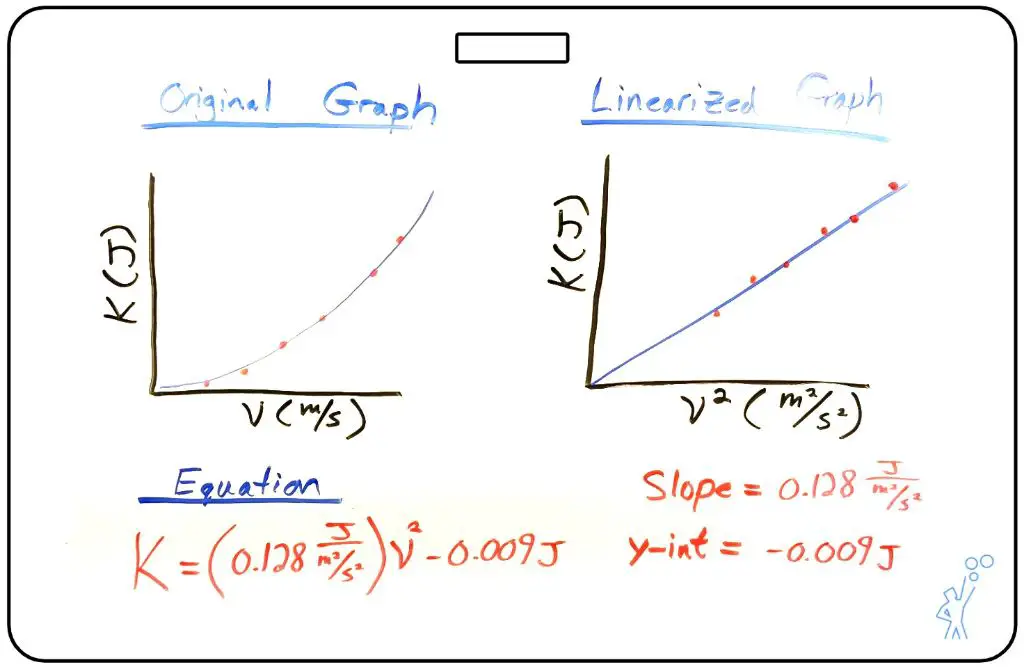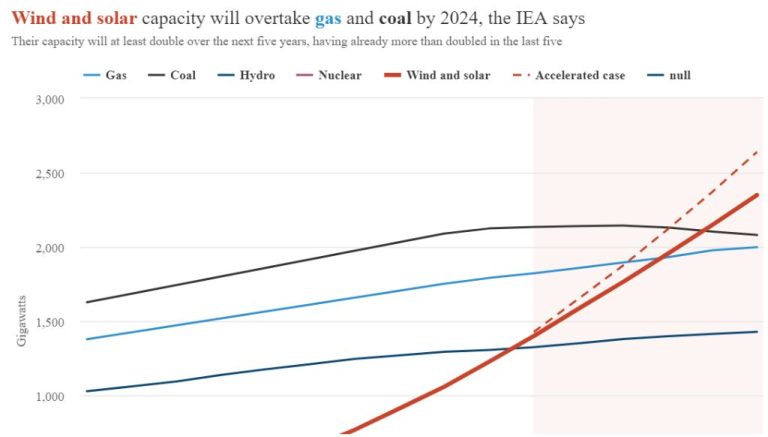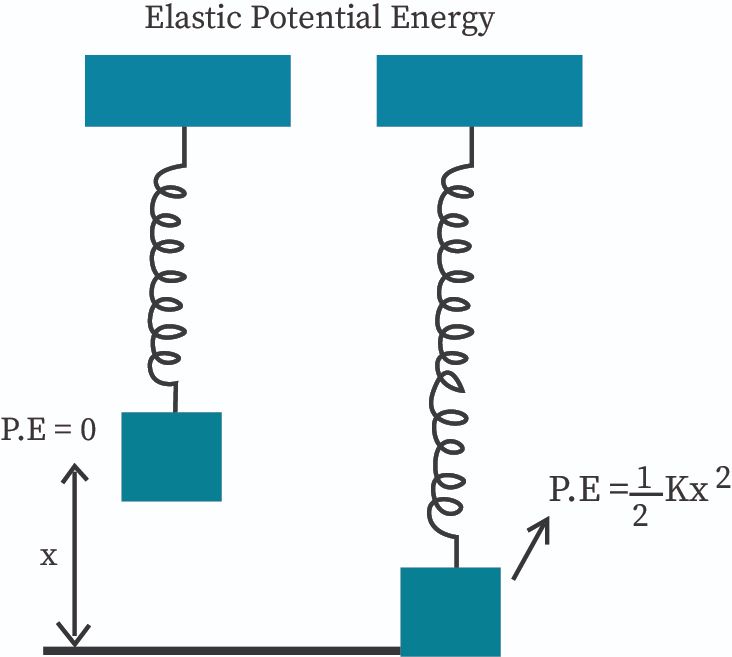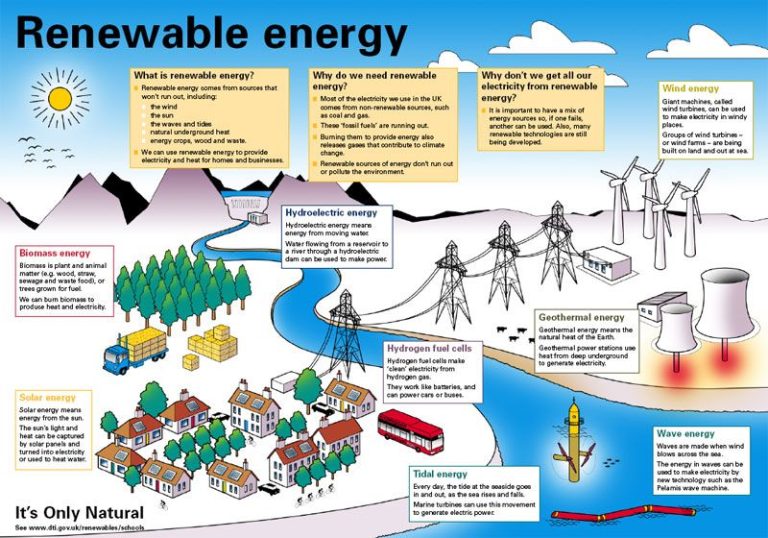What Factor Does Its Kinetic Energy Increase?
Definition of Kinetic Energy
Kinetic energy is the energy an object has due to its motion. It is directly proportional to the mass and the square of the velocity of the object. The formula for kinetic energy is:
KE = 1/2 x m x v2
Where m is the mass of the object and v is its velocity. This means that heavier objects moving at higher speeds will have greater kinetic energy.
Kinetic energy is a property of moving objects and represents the work required to accelerate an object to a given speed. The faster an object moves, the more kinetic energy it possesses.
Relationship Between Kinetic Energy and Speed
Kinetic energy has a direct quadratic relationship with the speed of an object. This means that as the speed of an object increases, its kinetic energy increases exponentially. Specifically, the kinetic energy of an object is proportional to the square of its velocity.
The kinetic energy equation shows this relationship clearly:
Ek = 1/2mv^2
Where m is the mass of the object and v is its velocity. Notice that velocity is squared in the equation. This means that if the speed doubles, the kinetic energy will increase by a factor of 4. If the speed triples, the kinetic energy increases by a factor of 9, and so on. This quadratic relationship is why small increases in speed can result in dramatic increases in kinetic energy.
For example, a car traveling at 100 km/hr has 4 times the kinetic energy as a car traveling at 50 km/hr. The faster car’s kinetic energy is much greater because velocity is squared in the kinetic energy equation. This relationship makes intuitive sense – the impact of a high speed collision is much more destructive than a low speed collision due to the vastly greater kinetic energy.
Kinetic Energy Depends on Mass
Kinetic energy is directly proportional to the mass of an object. This means that for a given speed, an object with more mass will have more kinetic energy. Doubling the mass of an object will double its kinetic energy at the same speed. This relationship can be described mathematically using the kinetic energy equation:
KE = 1/2 * m * v^2
Where m is the mass and v is the speed. Since kinetic energy depends on the square of the speed, increasing mass has a linear effect on kinetic energy. For example, let’s say a car and truck are both traveling at 60 mph. If the mass of the car is 1000 kg and the mass of the truck is 5000 kg, then the truck has 5 times more kinetic energy than the car. This greater kinetic energy is what causes heavier vehicles like trucks to require longer stopping distances.
In physics, mass is an inherent property of an object that measures its resistance to acceleration. More mass means more inertia, so a more massive object will have more kinetic energy at the same given speed. This relationship demonstrates that kinetic energy depends not just on how fast an object is moving, but also on its mass.
Increasing Kinetic Energy by Increasing Speed
Kinetic energy depends quadratically on an object’s speed. This means if the speed doubles, the kinetic energy increases by a factor of four. If the speed triples, the kinetic energy increases by a factor of nine, and so on. Since kinetic energy increases rapidly with speed, small increases in speed can lead to large increases in kinetic energy.
For example, consider a 1,000 kg car traveling at 20 m/s (about 45 mph). It has a kinetic energy of 200,000 J. If the car increases its speed to 30 m/s (about 65 mph), its kinetic energy is now 600,000 J. This is three times greater, even though the speed only increased by 50%. The kinetic energy increased dramatically because it depends on the square of the speed.

This quadratic relationship is important for understanding what factors have the greatest influence on kinetic energy. Doubling the mass, for instance, will double the kinetic energy. But doubling the speed will increase the kinetic energy by a factor of four. Speed has a much greater impact than mass when it comes to increasing an object’s kinetic energy.
Examples of High Kinetic Energy
Objects with sizable mass moving at high velocities often have immense amounts of kinetic energy. Some examples include:
- Vehicles at high speeds: Racing cars can reach speeds over 200 mph and have tremendous kinetic energy. This kinetic energy is dangerous in a crash, which is why safety features like airbags and seatbelts are critical.
- Aircraft: Jet planes have huge kinetic energy, especially during takeoff and landing. The faster a plane goes, the more kinetic energy it has.
- Spacecraft: Spacecraft like rockets and shuttles require massive amounts of kinetic energy to escape Earth’s gravity and reach orbital velocities. The speeds required are around 17,500 mph.
- Bullets: The relatively small mass of a bullet is offset by its extremely high velocity, often over 1,000 mph for modern firearms. This results in strong kinetic energy that allows the bullet to penetrate targets.
- Explosions: The gases and energy released in explosions generate incredibly high speeds and kinetic energies. This is what allows explosions to cause major damage by shattering or propelling objects.
In all these examples, the high speeds, coupled with sizable mass, result in immense kinetic energy. This kinetic energy is what enables these objects to do significant work like propelling vehicles, damaging targets, or causing explosions.
Importance of Kinetic Energy
Kinetic energy has widespread importance in physics, engineering, sports, and other fields. In physics, kinetic energy is a fundamental concept involved in principles such as conservation of energy, work-energy theorem, and impulse. Kinetic energy is directly involved in physical processes from atomic collisions to astronomical phenomena. Engineers apply kinetic energy concepts for analyzing and designing systems from motors to rockets. The kinetic energy of moving objects is crucial in sports for understanding performance and safety. For example, the high kinetic energy of fast-moving bats, racquets and balls is a key factor in baseball, tennis, golf and other sports. Understanding kinetic energy is also important for analyzing vehicle crashes to improve safety.
Kinetic energy allows objects and systems to perform mechanical work and drive motion. Any application where changing or harnessing motion is important relies on principles of kinetic energy. The ability to mathematically relate kinetic energy to mass, velocity, momentum and work is key for modeling and predicting system behavior across many disciplines.
Converting Potential Energy to Kinetic Energy
One way that the kinetic energy of an object can increase is through the conversion of potential energy into kinetic energy. Potential energy is stored energy that an object has due to its position or state. For example, a ball at the top of a ramp has gravitational potential energy because of its elevated position.
When the ball rolls down the ramp, that potential energy gets converted into kinetic energy, increasing the ball’s speed and kinetic energy. This conversion occurs because of gravity. The gravitational force acts on the ball, causing it to accelerate as it rolls down the ramp. The work done by gravity increases the ball’s kinetic energy.
This same process applies to any object that is raised against gravity and then allowed to fall. A swinging pendulum is another example – as it swings downwards, gravitational potential energy is converted into kinetic energy that increases the pendulum’s speed at the bottom of the swing.
Inelastic Collisions Convert Kinetic Energy
One way that kinetic energy is transformed or dissipated is through inelastic collisions between objects. In an inelastic collision, two objects collide and stick together, with some of their combined kinetic energy being converted into heat and sound energy. For example, when two balls of putty collide and stick together, part of their kinetic energy gets converted into heat and sound as the putty deforms during the impact.
The amount of kinetic energy converted equals the total initial kinetic energy of the objects minus the total final kinetic energy after the collision. If the two stuck objects come to a complete stop, then all of the initial kinetic energy is dissipated. The kinetic energy gets converted into increased thermal motion and vibrations of the atoms and molecules in the deformed putty.
Inelastic collisions are an important example of how kinetic energy can change form or become unavailable to do work. The dissipation into heat and sound shows that kinetic energy is not conserved in inelastic collisions. This energy conversion highlights how kinetic energy can be “lost” when objects collide and deform.
Work Increases Kinetic Energy
A force doing work on an object increases its kinetic energy. Work is defined as a force causing movement. According to Newton’s second law of motion, F=ma, so a force applied over a distance accelerates an object, increasing its speed. Since kinetic energy is directly proportional to an object’s speed squared, doing work on an object increases its kinetic energy.
For example, pedaling a bicycle applies a force against the pedals over a distance, accelerating the wheels. This increases the wheels’ rotational kinetic energy. Lifting an object upwards against gravity also does work by applying a force over a distance, giving that object gravitational potential energy that can later be converted into kinetic energy as it falls.
In general, applying any force to an object parallel to its motion will transfer energy into the object, increasing its kinetic energy. This could involve pushing, pulling, lifting, hitting, or other actions that cause an object to speed up. The greater the force applied over a distance, the more kinetic energy increases.
Key Takeaways
The main points for how to increase an object’s kinetic energy are:
- Increase the object’s speed – Kinetic energy is directly proportional to the square of the object’s velocity.
- Increase the object’s mass – Doubling the mass doubles the kinetic energy if the speed is unchanged.
- Add energy through work, such as by applying a force over a distance. This transfers other forms of energy into kinetic.
- Allow gravitational potential energy to convert into kinetic energy by falling.
- Absorb kinetic energy from other colliding objects during inelastic collisions.
In summary, kinetic energy is a function of both mass and velocity. Increasing either or both of these properties directly increases the kinetic energy. Adding energy through work and converting potential energy also boost kinetic energy.





